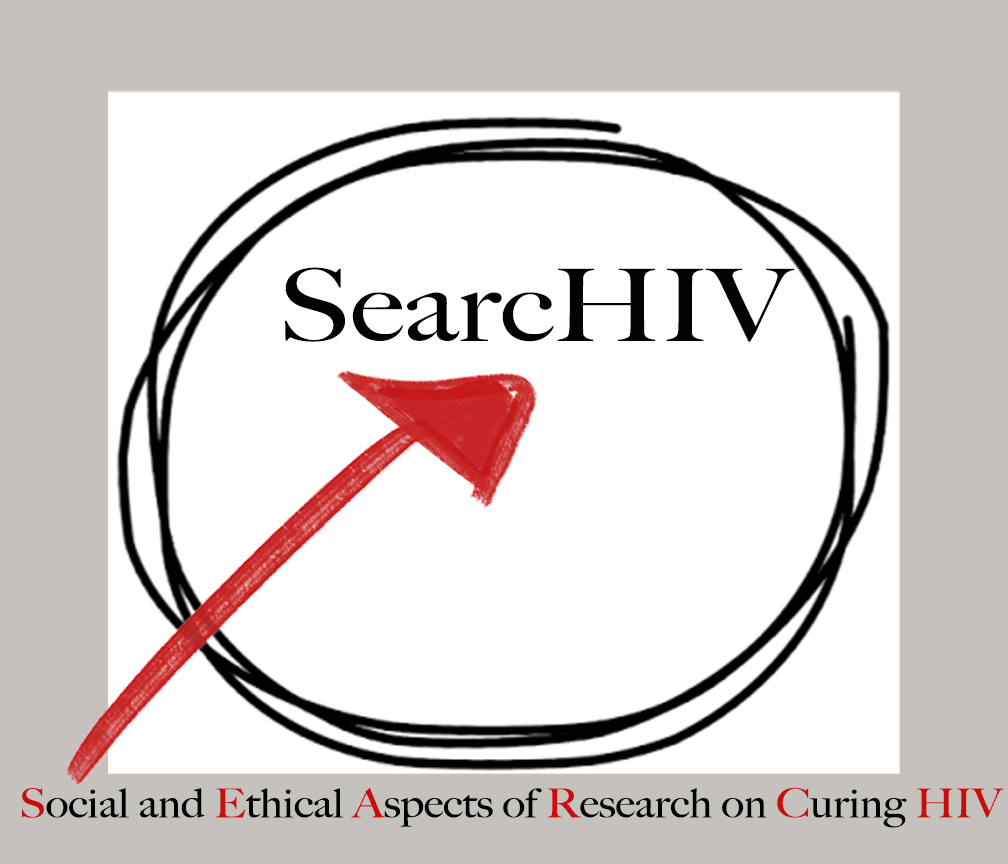By Karine Dubé
The National Institute of Allergies and Infectious Diseases (NIAID) hosted its most recent HIV cure strategies meeting from November 14 – 16, 2016. The purpose of the workshop was to facilitate and foster collaboration across the new Martin Delaney Collaboratories (MDCs), the broader HIV cure research field and community stakeholders.
The Monday program opened with a keynote address by Dr. Anthony Fauci on the results of a recently completed study involving ɑ-4-ɓ integrin that led to sustained virologic
control of SIV in macaques, in collaboration with Emory University.
Each collaboratory provided an overview of its scientific strategy.
Below is a summary table of the six new Martin Delaney Collaboratories:
| Collaboratory
(Principal Investigator) |
Goal | Approaches | Industry Partners |
| BELIEVE: Bed to Bedside Enhanced Lymphocyte Infusions to Engineer Viral Eradication (Douglas Nixon) | Enhance autologous lymphocytes ex vivo and infuse them in combination with latency-reversing agents, and to target effector sites where latent virus resides (enhanced targeted cell therapy) | Focus will be on: 1) harnessing cytotoxic T lymphocytes to eliminate intact and defective viral reservoirs; 2) directing immune effectors to viral sanctuaries in lymphoid tissues | Altor Bioscience
Torque |
| DARE: Delaney AIDS Research Enterprise to Cure HIV (Steven Deeks) | Enhance clearance strategies in vivo | Focus will be on 1) B cell follicle and its disruption; 2) Lymphoid tissue biology; biology and anatomy of the persistent viral reservoir; 3) Immune checkpoint blockade; characterization of immune checkpoint receptors in treated HIV disease; 4) CMV/HIV vector in people | MassBiologics
Gilead Merck |
| defeatHIV (Hans-Peter Kiem and Keith Jerome) | Develop cell and gene therapy strategies | Focus will be on: 1) CAR T cells; 2) passive or vectored delivery of eCD4-Ig; 3) gene protection/vaccine | Gilead
Juno Immunathon Sangamo |
| BEAT-HIV: Delaney Collaboratory to Cure HIV-1 Infection by Combination Immunotherapy (Luis Montaner) | Develop and test innovative combined immunotherapy strategies to eradicate and/or induce permanent remission in the absence of ART | Focus will be on: 1) viral reservoir;2 ) innate and humoral strategies; 3) adaptive and animal models | Inovio
Merck Sangamo |
| CARE: Collaboratory of AIDS Researchers for Eradication (David Margolis) | Pursue a goal of eradication of HIV infection through an accessible, interactive and coordinated program | Focus will be on: 1) latency-reversal agent discovery; 2) tools for immune clearance; 3) assay validation and development; 4) in vivo models (BLT humanized mice and non-human primates) | Merck
Macrogenics GSK/Qura Argos Therapeutics |
| I4C: Combined Immunologic Approaches to Cure HIV-1 (Dan Barouch) | Study immune responses generated by therapeutic vaccines, broadly neutralizing antibodies and latency-reversing agents in acutely infected individuals and pre-clinical studies | Focus will be on: 1) efficacy of combined immunologic approaches to target the viral reservoir; 2) mechanistic studies and broadly-neutralizing antibodies optimization strategies | Janssen
Gilead |
Each collaboratory presented its strategies towards meaningful and effective community engagement. The main topics raised by community members at the meeting included: research literacy for community and community literacy for researchers, perceptions of risks, integration of HIV cure strategies in the HIV spectrum (prevention, treatment and cure), meaningful social media strategies and evaluation of community engagement strategies.
On Tuesday November 15, 2016, Dan Kuritzkes delivered a keynote address on clinical trials in HIV cure research, including what we are learned and where we are going for each HIV cure strategy. This was followed by a review of clinical studies in the AIDS Clinical Trials Group (ACTG) – including opportunities for collaboration, as well as pediatric (IMPAACT), early antiretroviral studies and considerations for analytical treatment interruptions.
In the session of community engagement, social sciences and ethical considerations, Judy Auerbach, sociologist, provided an overview of the contributions of social sciences in HIV cure research. Regan Hoffman, advocate, provided a personal perspective on the power of HIV cure. Nir Eyal, bioethicist, discussed analytical treatment interruptions and risks to third parties (fetuses and sexual partners). Allison Mathews presented the results of a crowdsourcing content in North Carolina.
The NIH-sponsored workshop also included a session on basic HIV cure research, preclinical HIV cure research and an overview of the new amfAR HIV Cure Research Institute in San Francisco, led by Paul Volberding. The Wednesday program opened with a keynote address from Catherine Bollard on developing T cell therapies for HIV and then covered the Beyond HAART program and potentially innovative approaches to curing HIV infection.
For more information: please consult:
https://respond.niaid.nih.gov/conferences/hivcuremeeting2016/Pages/default.aspx


